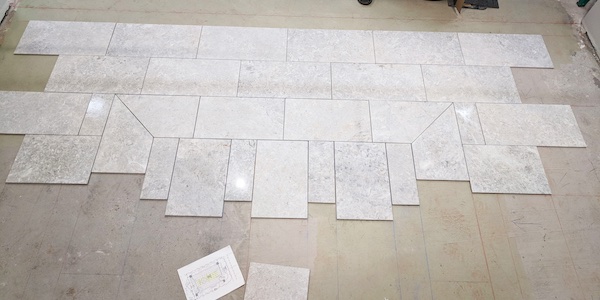Objections to standards-based tile installations and what to do about them
The American National Standards Institute (ANSI), the Tile Council of North America (TCNA), and the National Tile Contractors Association (NTCA) do an excellent job in providing industry standards, methods and details, and industry best practices. Utilizing these tools – along with the recommendations from the tile-associated manufacturers – give the tile installer a tremendous foundation on which to provide a tile job that is not only good looking, but it will stand the test of time.
BUT, we now enter another dynamic not included above: that of the influence, demands, and/or ultimatums from the builder/general contractor, the designer, and the consumer. If the project includes a good set of plans and specifications, most times, the project runs smoothly if the often-fussy details are determined and agreed upon by all of the involved parties prior to the work beginning.
However, whether a good plan – or sometimes no plan – is in place, there are details that need to be established and mutually agreed upon before the tile contractor is to begin his or her work. Here are some of the common demands and obstacles that complicate the job and the industry-accepted solutions.
Builder/general contractor
• The natural stone tile must be flush with the hardwood floor or other adjoining finish.
The TCNA Handbookprovides specific guidance on this request. Detail F250 STONE calls for
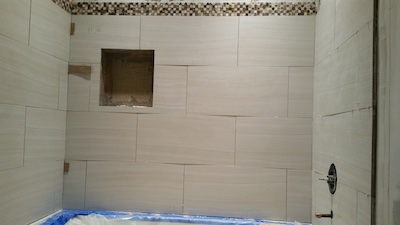

- T&G plywood subfloor
- 15/32″-thick plywood underlayment (for residential use)
- portland cement mortar
- backer board
- optional membrane
- bond coat
- natural stone tile
In this case, the addition of the 15/32″ plywood most likely will cause the finished tile floor to be higher than the adjacent hardwood. If the builder does accept this requirement, the only way to make the hardwood flush to the tile is to add a layer or underlayment beneath the hardwood. If not accepted, the tile installer must make a calculated risk to install the stone without the plywood, or walk away.
• There is no money or time for prepping the walls, just get it done. It will be okay.
ANSI A108.02-4.1.4: Surfaces to receive tile shall be plumb, level, and true with square corners.
ANSI A108.02-4.1.4.3.2 Vertical surfaces: For tiles with all edges shorter than 15″ (0.38 mm), the maximum allowable variation is no more than 1/4″ in 10′ (6 mm in 3 m) and no more than 1/16″ in 1′ (1.6 mm in 0.3 m) from the required plane, when measured from the high points in the surface. For tiles with at least one edge 15″ (0.38 m) or longer, the maximum allowable variation is no more than 1/8″ in 10′ (3 mm in 3 m) and no more than 1/16″ in 2′ (1.6 mm in 0.6 m) from the required plane, when measured from the high points in the surface.
When the substrate is not within the above tolerance, the tile contractor should request a change order – in writing – for the additional materials and labor needed to correct the deficiency.
Designer
• You will not put any of those ugly caulk joints in my beautiful tile design.
ANSI A108.01-3.7.5 Non-linear movement joints: Generic movement joints (also known as field joints) in the tile work not located over an existing construction joint, contraction (control) joint, expansion joint, or isolation joint in the substrate, can be installed in a non-linear configuration (e.g. sawtooth, toothed, zipper), which may be necessary for tile patterns with non-continuous grout joints. The generic movement joint must be properly designed per EJ171 of the TCNA Handbook for Ceramic, Glass, and Stone Tile Installation, and the sealant shall meet ASTM C920, or as indicated in the project specification. The intended application must be approved by the sealant manufacturer, and the sealant must be properly installed per the sealant manufacturers’ requirements. (See Figure 11).
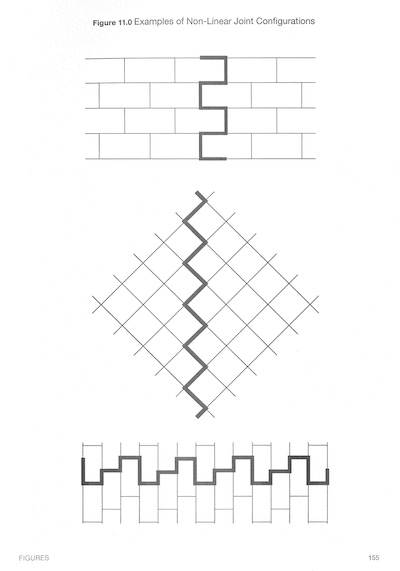

• I want a 50% offset and I will not accept anything less.
ANSI A108.02-4.3.8.2 Running bond/brick joint and any offset pattern: For running bond/brick joint or any other offset patterns (i.e. non-continuous grout joints)utilizing tiles (square and/or rectangular) where the side being offset is greater than 15″ (nominal dimension), only patterns with an offset of 33% or less shall be specified. If a pattern with an offset greater than 33% is desired, the specifier and owner must approve a mockup and the resulting lippage.
This standard was created due to the inherent warpage in tile. The goal was to move the two low ends away from the high center of the adjacent tile.
Consumer
• The people at the store said that the tiles I selected should work in a Versailles pattern even though they are not modular. So, what is the problem?
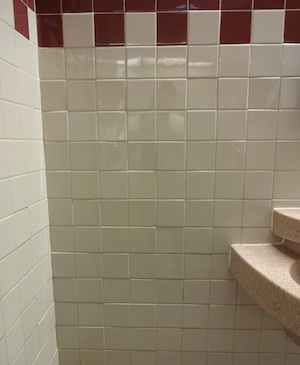

ANSI A137.1-3.0 System Modularity: Tiles of various nominal dimensions are sized so that they may be installed together in patterns with a common specified joint width.
TCNA Handbook-System Modularity: Similarly, when the design professional creates a modular pattern using tiles that are not specifically manufactured for a pattern, some grout joints will, of necessity, be wider than others. Verifying system modularity and specifying the achievable grout joint for the pattern and actual tiles to be installed is the responsibility of the design professional.
• Someone told me to use vinegar to clean my new tile floor which seems to work well, but now the grout joints in my floor are really low so there must be something wrong with the grout that you used.
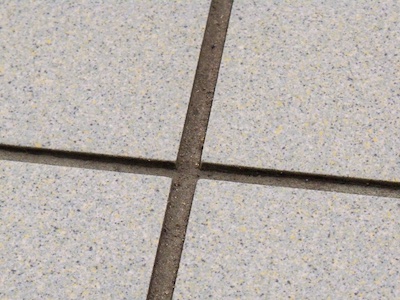

The NTCA Reference Manual Care and Maintenance section:
- Question – Is vinegar a good cleaner for my tile or stone installation?
- Answer – Vinegar is a mild acid. Acids do not degrease and primarily work by attaching the minerals in the grout and many stones thereby creating damage over time. A neutral pH or specialty tile or stone cleaner should be used.
Tile installers need to stand their ground when these curve balls come their way. Following these standards, details, and best practices will be the best protection available.
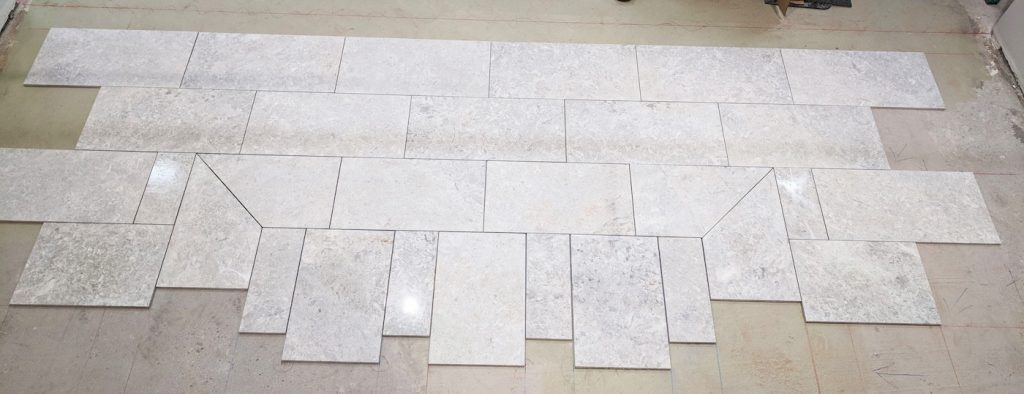



Scott Carothers
Scott Carothers is the Acdemic Director for the Ceramic Tile Education Foundation (CTEF) and is responsible for the creation of the Certified Tile Installer (CTI) program, and is involved in the creation of the Advanced Certifications for Tile Installers (ACT) program as well as providing training to others in the tile industry.
Carothers has been involved in the ceramic tile industry for nearly 40 years and was the owner of a successful retail and installation firm prior to CTEF. He has served as President and Chairman of the Board of the National Tile Contractors Association (NTCA), Chairman of the NTCA Technical Committee, was named the NTCA Tile Person of the Year in 2005, and the NTCA Ring of Honor recipient in 2013. He is a voting member of the ANSI and the TCNA Handbook committees.


